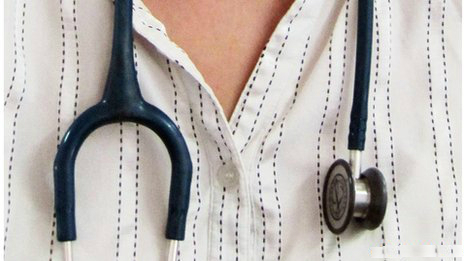The expansion of the some biofuel crops may unwittingly increase the risk of mosquito-borne disease by altering the insects’ life cycle, a study suggests.
The so-called first-generation biofuel crops, most notably maize, are increasingly being replaced by second-generation biofuel crops, such as perennial grasses, which require less energy, water, fertilisers and pesticides to thrive.
Yet ecological changes brought about by large-scale biofuel farming may alter the transmission of vector-borne diseases, by affecting vector behaviour, survival and abundance, for example.
In the paper published in this month’s edition of Global Change Biology – Bioenergy, researchers from the University of Illinois, United States, looked at the egg-laying behaviour of Aedes aegypti and Aedes albopictus, in water that contained leaves of different types of biofuel crops in laboratory experiments, as may happen in the field.
They show that leaves from different types of biofuel crops can affect the chemical properties of the water in which mosquitoes lay their eggs, as well as the mosquitoes’ preference for where to lay eggs and the survival of those eggs.
The researchers show, for example, that more eggs reached adulthood when they were laid in water that was infused with leaf material from the second-generation biofuel crops, switchgrass and Miscanthus, than that infused with maize leaves.
“It may appear that the transition to second-generation biofuel crops could increase mosquito production and consequently the risk of mosquito-borne disease,” they write.
But they add that these crops are also expected to improve wildlife diversity, which may reduce infection prevalence by redirecting mosquito bites to other hosts.
“We recommend further studies to explore the pathways by which these crops are likely to influence disease risk so that any potential negative impacts on human health can be identified and mitigated,” they conclude.
Nick Hewitt, an atmospheric chemist at Lancaster University, United Kingdom, tells SciDev.Net: “Large-scale land-use change is bound to have unintended consequences. In this study, an important unintended second-order consequence of biofuel crop production is identified: changes in water chemistry may change mosquito breeding patterns and hence may have effects on the prevalence of mosquito-borne diseases.”
The study, he says, highlights the “critical need for full life-cycle and environmental impact assessments of crops and agricultural practices”.
Source: All Africa










